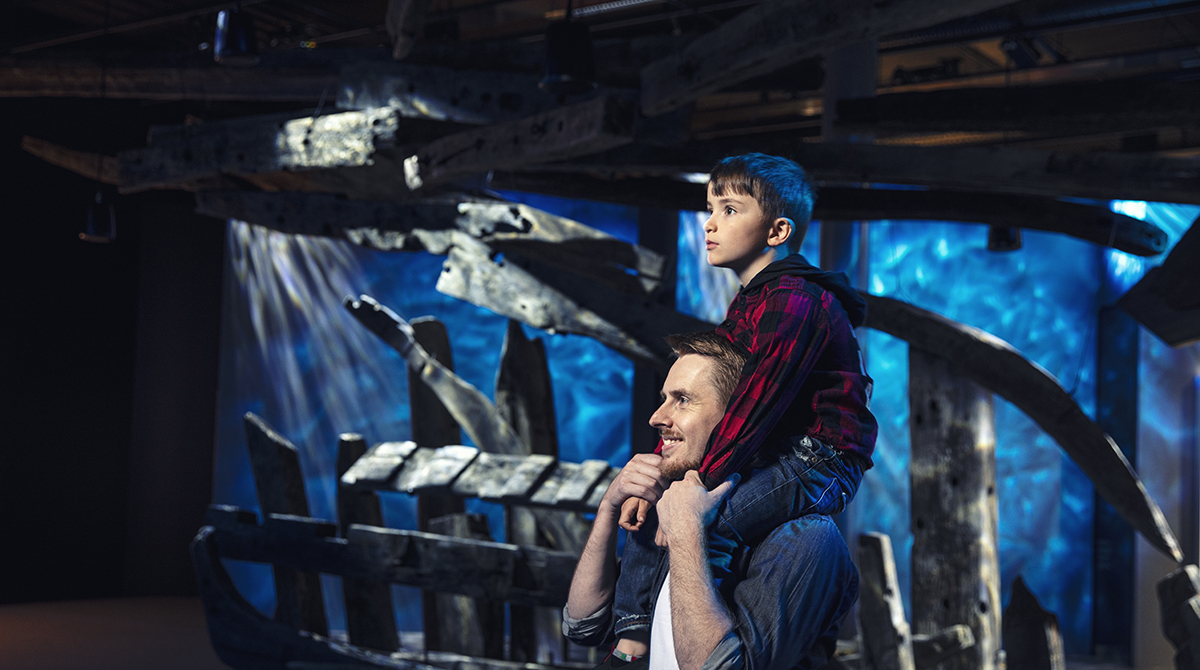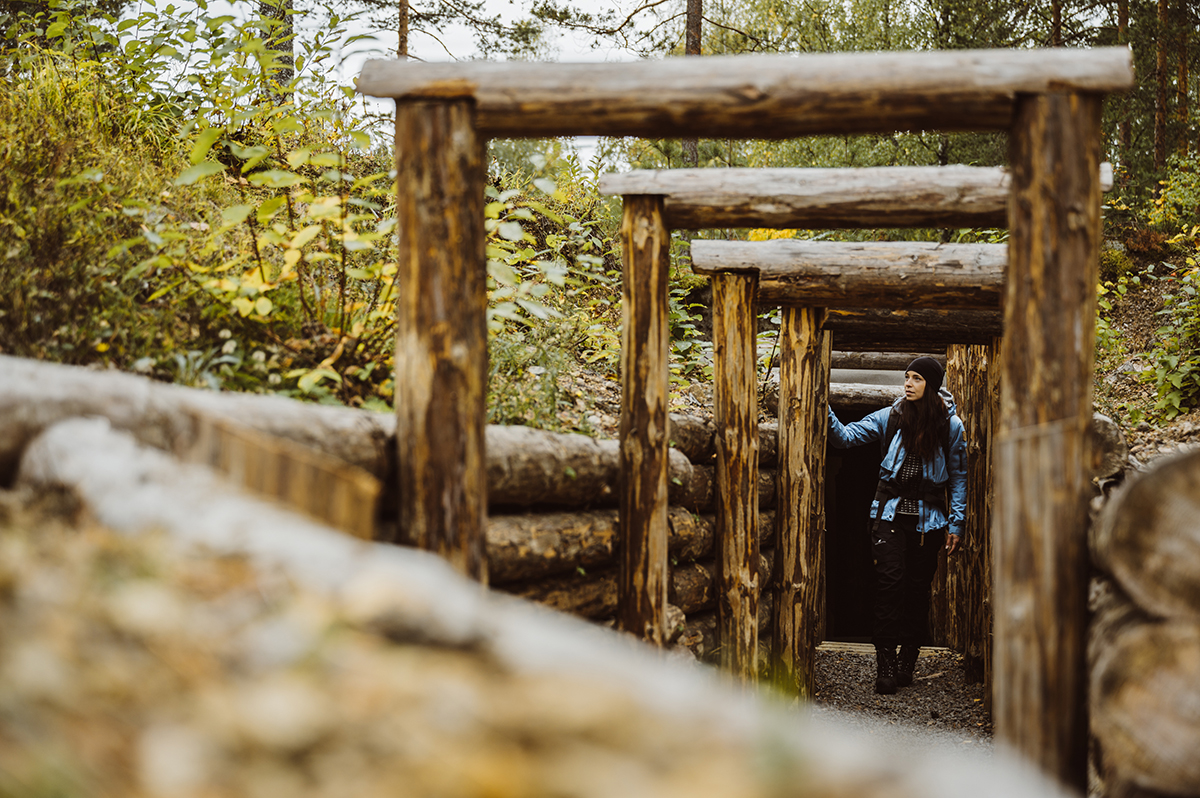The Kotka-Hamina region has a long history as the meeting place of the East and the West. From the Orthodox Russia in the east, over the years the mighty mercantile city of Novgorod has spread its influence to the Kotka-Hamina region. Meanwhile the Swedes tied the territory of present-day Finland to the western sphere. In the Kotka-Hamina region, the Kymijoki river has probably served as a border between the interests of the East and the West as early as the 13th century.

The Russo-Swedish Naval War of 1788-1790 turned the eastern Gulf of Finland into a battlefield. Caught in the middle of mutual posturing was Finland, on whose southeastern coast and backwoods wars were always fought.
The dramatic Ruotsinsalmi naval battles fought outside present-day Kotka are part of the shared history of Finland, Sweden and Russia. The first naval battle of Ruotsinsalmi was fought outside Kotka in 1789 and ended in a Russian victory. However, the second naval battle of Ruotsinsalmi, the largest naval battle in the Nordic countries, ended in a glorious victory for the Swedes.
Traces of the Ruotsinsalmi battles can still be seen in and outside Kotka. You can find out more about the stories of the battles and the picture of the times at Maritime Centre Vellamo that has exhibitions of the battles where the thousands of soldiers sank to the bottom of the sea, the amazingly well-preserved shipwrecks, the flourishing sea fortress and the fates of the people of the 1790s spring to life.

At the end of the Finnish War, a peace was signed in Hamina in 1809 through which Finland became part of the Russian Empire. Hamina is a fortress town built using a circular town plan, which makes it unique in Finland. Designed by the Swedish general Axel von Löwen, the circular town plan combines features from the architectural legacy of the period of Russian rule.
The old city of Hamina is still surrounded by a fortress founded in the early 18th century with its bastions, and the barracks and wooden buildings lining the circular streets are full of colourful history.

Centuries as a borderland have left their marks on the landscape of the Kotka-Hamina region. Many of the fortified constructs in the region, such as the Hamina Fortress and Kyminlinna in Kotka, are reminders of the nature of the borderlands. One of the most impressive border-related constructs in the local landscape is the Salpalinja defensive line that runs through Vironlahti and Miehikkälä.
The Winter War was fought between Finland and the Soviet Union between 1939-1940. While defending its eastern border, Finland had lost favourable terrain as the border was moved westwards, and during the interim peace, they decided to build Salpalinja, a defensive line extending from the Gulf of Finland to Petsamo, to protect the new border. During the fortifications, 728 reinforced concrete dugouts were built for the defensive line, 225 km of multi-rowed armoured barriers were erected and over 350 kilometres of battle and connecting trenches were dug. The 1,200-kilometre Salpalinja is one of the strongest and best preserved chains of fortifications from World War II in Europe.
The location between East and West has brought war and persecution to the Kotka-Hamina region. But even though the border divides, it also connects. The border has been the meeting place of cultures and traders. Today the location of the Kotka-Hamina region on the Russian border offers a unique opportunity to combine a day trip or a longer trip to St. Petersburg with a visit to us.
Did you find what you were looking for?